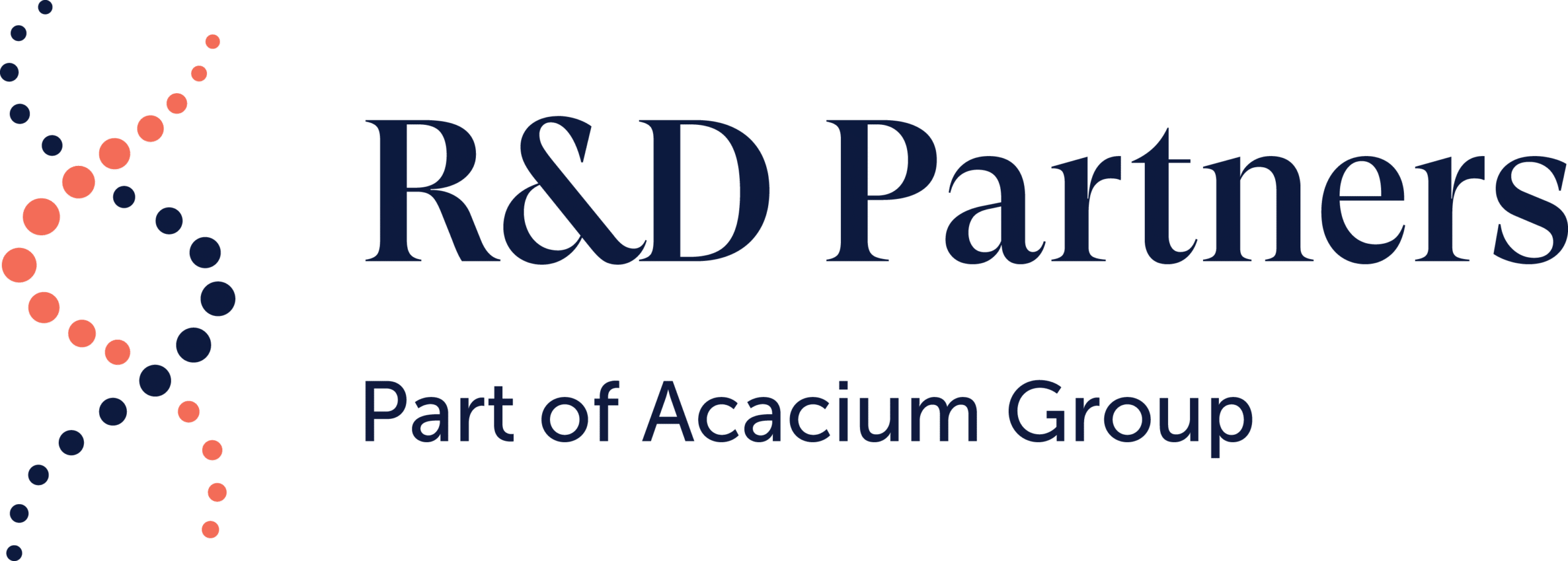Why do cancer cells metastasize? Why do they spread beyond the initial tumor site? The answer is simple, and the same as why any organism looks for greener pastures, clearer waters, and bigger grocery stores…well maybe not the last one.
“Fungi and bacteria become invasive if they starve,” noted Dr. Goding. “Wildebeest on the Serengeti migrate every year to find new pasture. So, we asked, do cancer cells move because they’re starving, or think they’re starving? The results we got suggested, yes, absolutely.”
Food. Nutrients. Reduced Competition. Scientists at the Ludwig Center for Cancer Researcher has looked into the reasons behind why the cells would spread, rather than how. They have found in melanoma that when the cells do not have all the nutrients needed to survive, they go and find it. Inflammation can also initiate the invasive response f cells.
The Stress-Response mechanisms in these cells results in cell division protein production being replaced with mobility mechanisms and proteins to help reuse and/or bring in new proteins.
THE MECHANISM:
elF2B regulates cell resources. When off, the cells store up nutrients and activates ATF4 to initiate and coordinate cell stress responses. With eIF2B off and ATF4 on, the cancer cells become invasive.
INDICATIONS IN THE CLINIC:
Immunotherapy resistance gene expression can be tied to the stress response mechanisms increasing the activity of PD-1 blockade.
Resistance to BRAF inhibitors can also be tied to the starvation mechanism and activity changes in MITF.
LEAD SCIENTIST: Colin Goding, Ph.D.
“You can imagine small-molecule drugs that restore elevated demand for nutrients in cells that can survive only by restricting their demand,” stated Dr. Goding. “That way we could either kill them directly, or restore their sensitivity to immunotherapy and other treatments.”
ARTICLE:
Published in Genes & Development: “Translation Reprogramming Is an Evolutionarily Conserved Driver of Phenotypic Plasticity and Therapeutic Resistance in Melanoma.”
-
Paola Falletta1,10,
-
Luis Sanchez-del-Campo1,10,
-
Jagat Chauhan1,
-
Maike Effern2,
-
Amy Kenyon3,
-
Christopher J. Kershaw4,
-
Robert Siddaway1,
-
Richard Lisle1,
-
Rasmus Freter1,
-
Matthew J. Daniels5,
-
Xin Lu1,
-
Thomas Tüting6,
-
Mark Middleton7,
-
Francesca M. Buffa7,
-
Anne E. Willis8,
-
Graham Pavitt4,
-
Ze’ev A. Ronai9,
-
Tatjana Sauka-Spengler3,
-
Michael Hölzel2
-
Colin R. Goding1
References:
http://www.genengnews.com/gen-news-highlights/when-cancer-cells-perceive-famine-they-seek-greener-pastures/81253734http://genesdev.cshlp.org/content/early/2017/01/17/gad.290940.116
